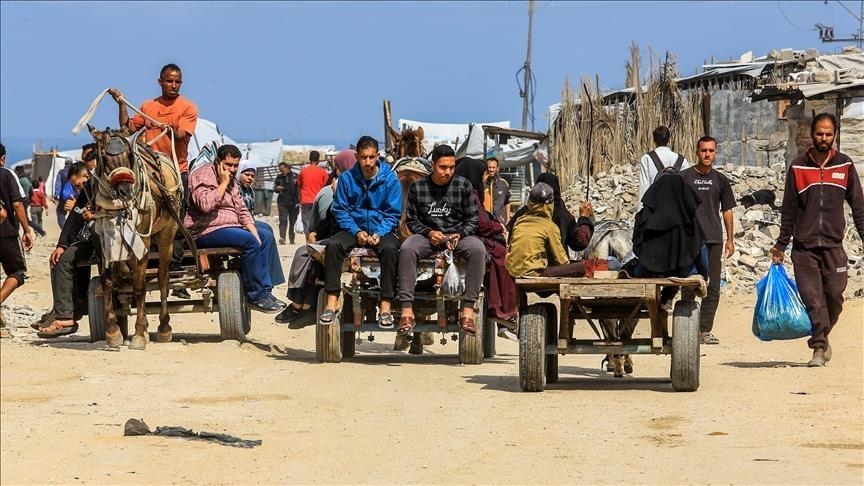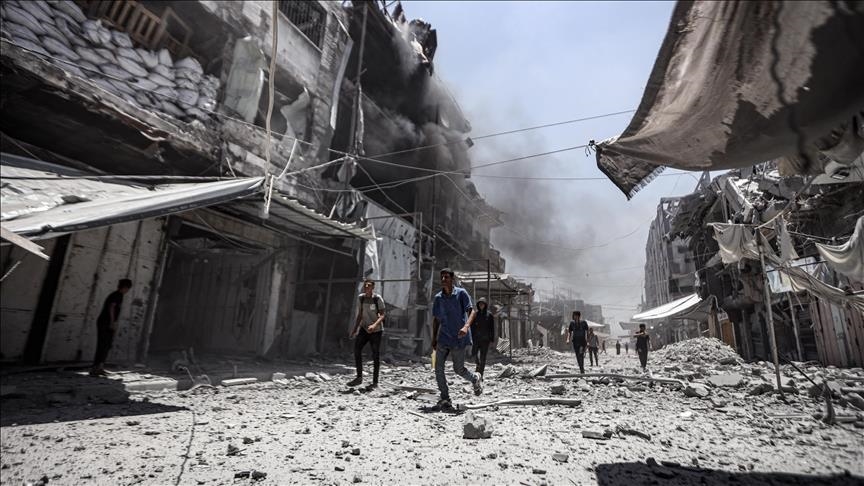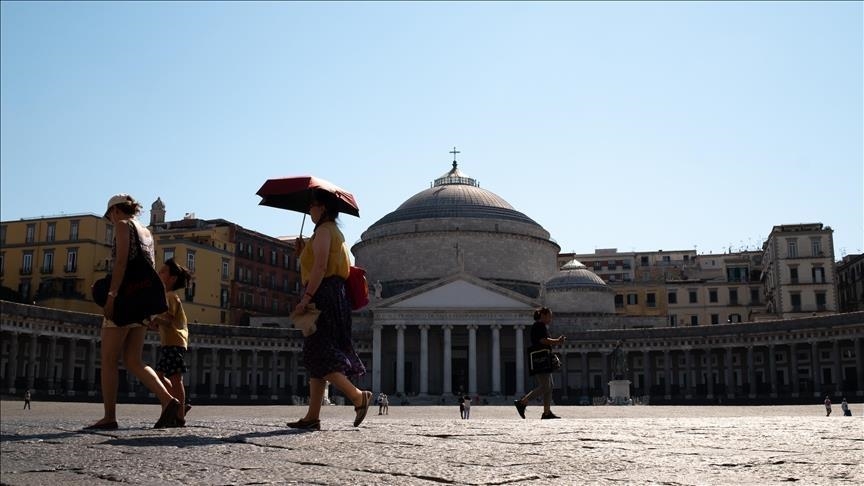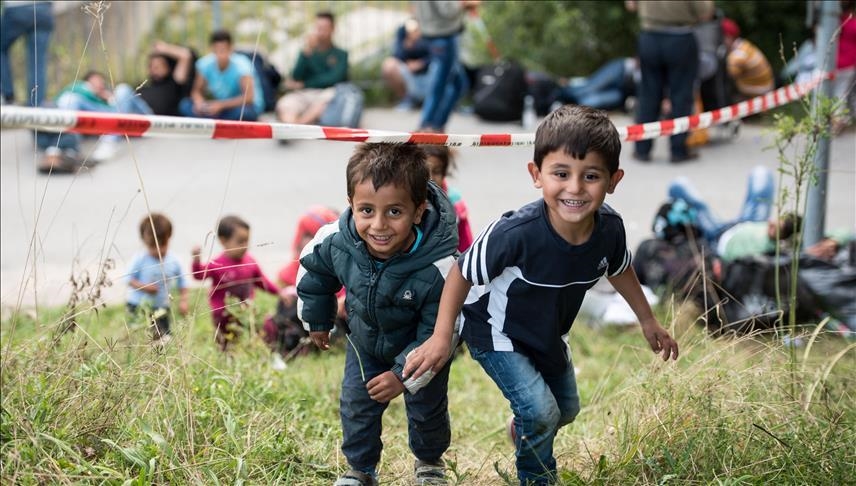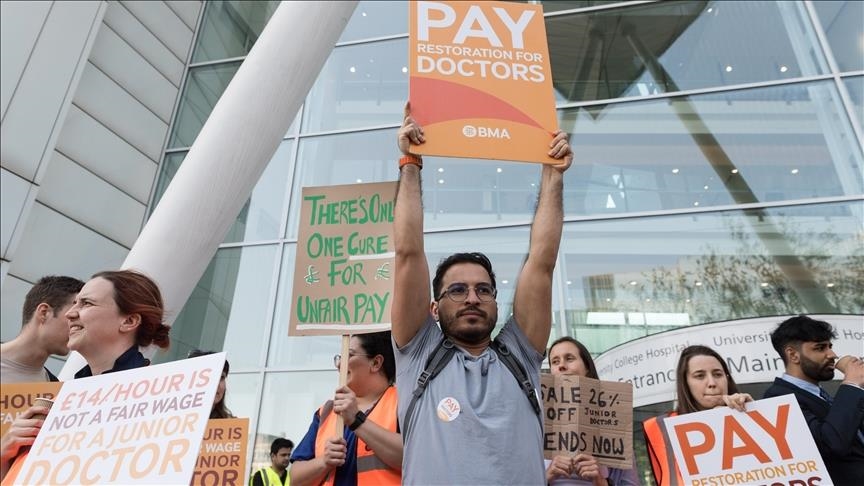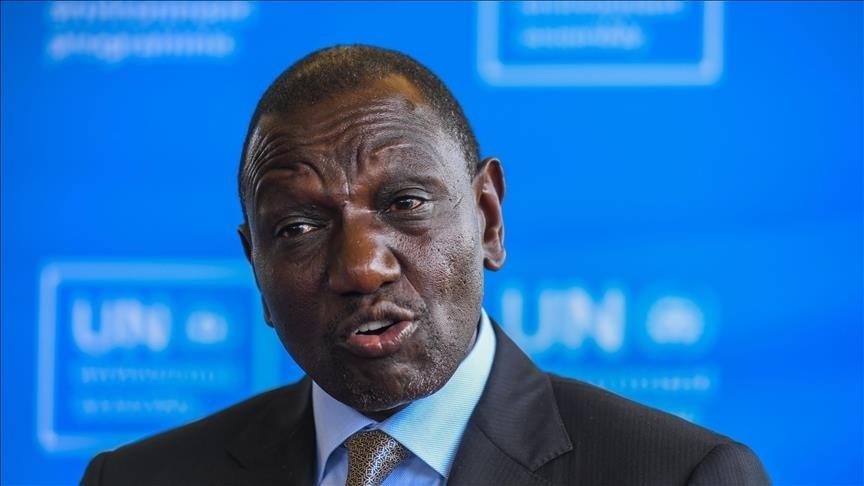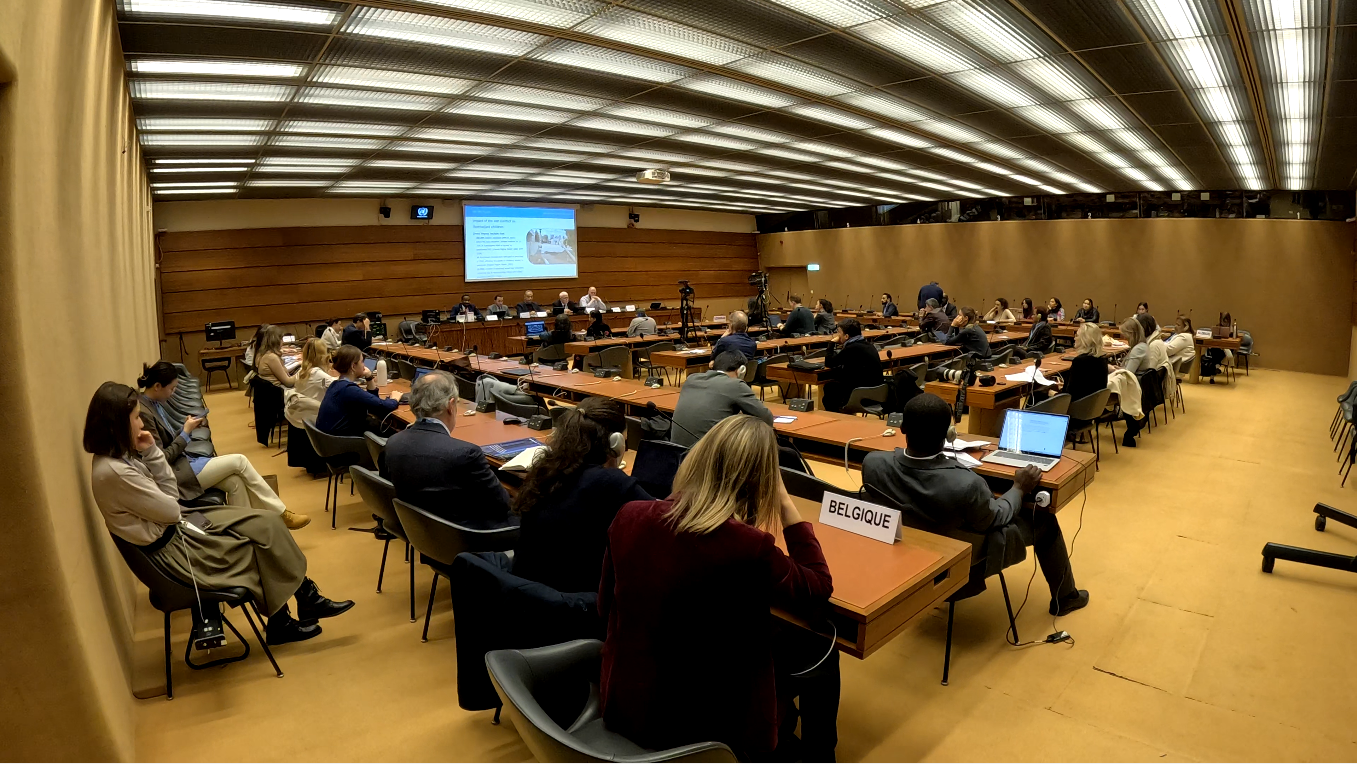As negotiations continue in Qatar over a US-proposed 60-day ceasefire in Gaza and a prisoner exchange agreement, Israel is reportedly advancing plans to deport Palestinians to third countries through what it calls “voluntary migration” and the construction of a controversial so-called “humanitarian city” in southern Gaza.
This so-called “humanitarian city” in southern Gaza will reportedly serve as a detention camp where Palestinians would be held before being deported to third countries.
In a recent meeting at the White House, Israeli Prime Minister Benjamin Netanyahu discussed the idea of deporting Palestinians from Gaza, a proposal first raised by US President Donald Trump in January.
Netanyahu claimed that they were working with the Trump administration to identify countries willing to accept Palestinians and suggested that agreements with some nations could be reached soon. He argued that Palestinians wishing to leave Gaza should be given a “free choice.”
Trump also said they had “great cooperation” with neighboring countries and expressed optimism that “something good will happen.”
Meanwhile, the US-Israeli-backed Gaza Humanitarian Foundation (GHF) is reportedly planning to establish “temporary humanitarian settlement areas” in southern Gaza, where Palestinians would be held before deportation.
Since the GHF set up aid distribution points on May 27, about 800 Palestinians have reportedly been killed by Israeli fire while attempting to receive aid.
At Israel’s Cabinet meeting on July 5, a dispute emerged between Finance Minister Bezalel Smotrich and Chief of Staff Eyal Zamir over plans for southern Gaza, after Netanyahu ordered the establishment of a so-called “humanitarian city” in Rafah.
Defense Minister Israel Katz announced that he had instructed the army chief to prepare a plan to establish the camp, initially to relocate 600,000 Palestinians there, and eventually the entire population of Gaza.
Katz stressed that Palestinians who enter the camp would not be permitted to return to other parts of Gaza. He described the plan as a form of “voluntary emigrate” to third countries.
While Israel pushes ahead with its relocation plans, diplomatic efforts toward a ceasefire continue on a separate track.
Regarding the ongoing negotiations in Doha, Qatar’s Foreign Ministry spokesman said Tuesday: “I don’t think that I can give any timeline at the moment, but I can say right now that we will need time for this.”
Hamas last week informed mediators that it had given a “positive response” to the proposal but requested modifications to certain articles.
Among Hamas’ demands are specific conditions regarding the positions of the Israeli army within Gaza during the ceasefire. The group demands a full withdrawal of Israeli forces from Gaza, as outlined in the agreement reached on Jan. 19.
However, according to reports in the Israeli media, Israel has expressed its intention to remain in the area known as the Morag Corridor, located between the southern Gaza cities of Rafah and Khan Younis.
Netanyahu has emphasized that even if a ceasefire is achieved, Israel intends to retain control of this area. This remains one of the key points of contention in the draft agreement and one of Hamas’ most strongly opposed clauses.
Israel’s control of the Morag Corridor effectively separates the city of Rafah from the rest of Gaza.

